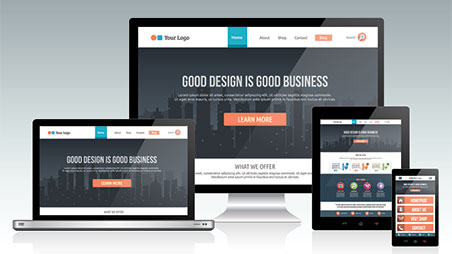
Businesses change all the time. The purpose you have now is different from the one you started with. and suddenly you realise that you’re attracting different people compared to when you started.
The same change applies to your business website too. It might not represent your business as well as it once did. The information and design are outdated. The solution? Get a website redesign and properly show off your business as it is today.
If you need some convincing (because redesigning takes time and resources), here are 5 real reasons you might need a website redesign.
- Your website is not aligned with your current marketing strategy
Your website is one of your business’s most powerful, if not the most powerful marketing tools you have. If you find, according to that your site isn’t structured or optimised to help accomplish your marketing goals, attract new business and show off your expertise, it’s time to lay your old design to rest and engage in a full-scale makeover.
2. Your website does not accurately reflect your brand
It’s imperative that your website portrays your business’s brand correctly and that it sends the right message to your audience. If your brand has undergone changes, it’s best to get your website redesigned to reflect those changes.
3. Your audience has evolved significantly
If your business model has evolved, it’s likely your audience has cevolved with it. Perhaps your audience 2-3 years ago isn’t the same one you have now. If this is the case, it’s a good idea to outfit your website to fit your new audience.
4. Your website is difficult to navigate
A website redesign isn’t just needed for marketing or audience changes. Sometimes you need to give your website a facelift for things such as difficult navigation. You want your website’s navigation as smooth as possible to keep people from getting frustrated and going to another site. Simply updating your website design to fix this will go a long way.
5. Your website does not incorporate responsive design
As users are increasingly accessing the Web on smartphones and tablets, companies are reformatting their websites accordingly. Responsive design entails a completely different way to approach the copy and visual elements of a site so they render well on a variety of devices. Using CSS rules and media queries, a responsive site adapts to a visitor’s screen size and resolution, automatically rescaling page layouts to accommodate for these differences. With today’s technology, it’s not enough that your website’s design fits on a computer or laptop. You also have to make sure your website’s design works in such a way that it accommodates those who go online using their phones or tablets. The goal is to have people access your website from all platforms to keep from alienating them. It takes some work, but it’s well worth the effort.
If you’re not happy with your website and want to grow your business online, let’s talk.









